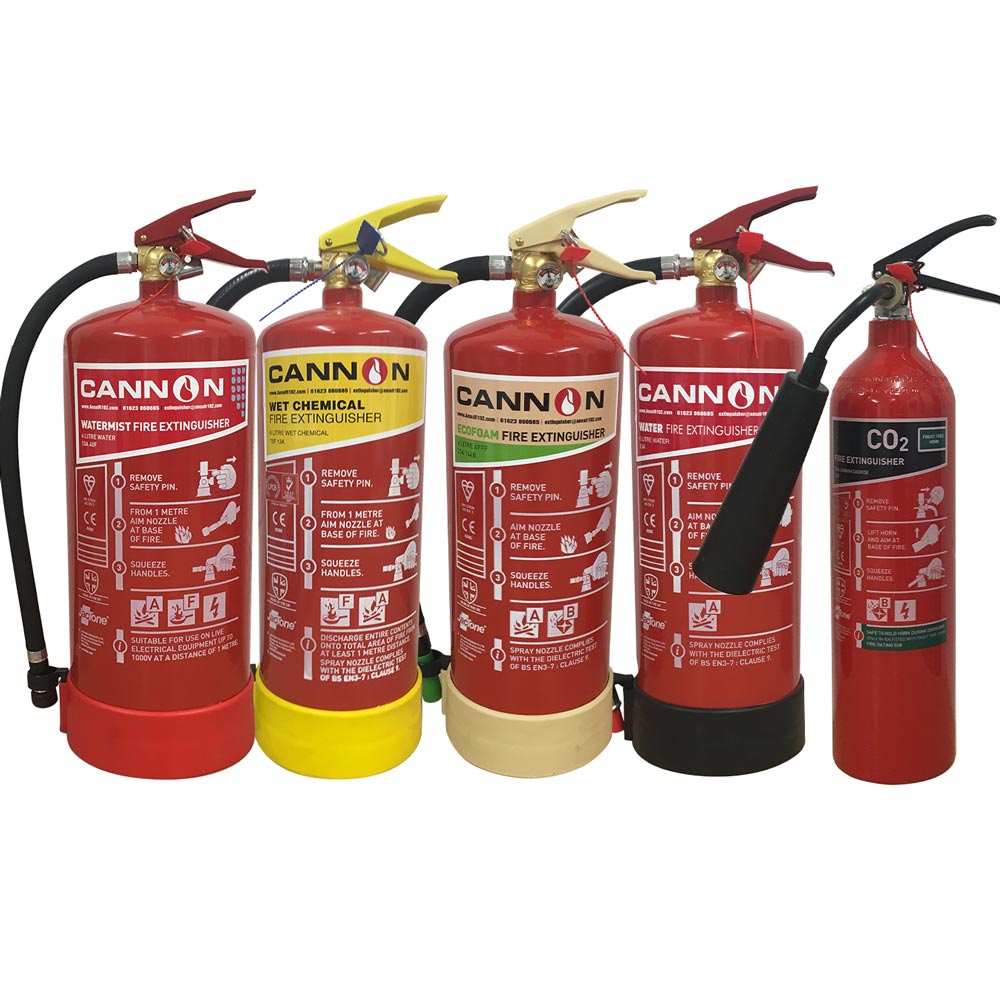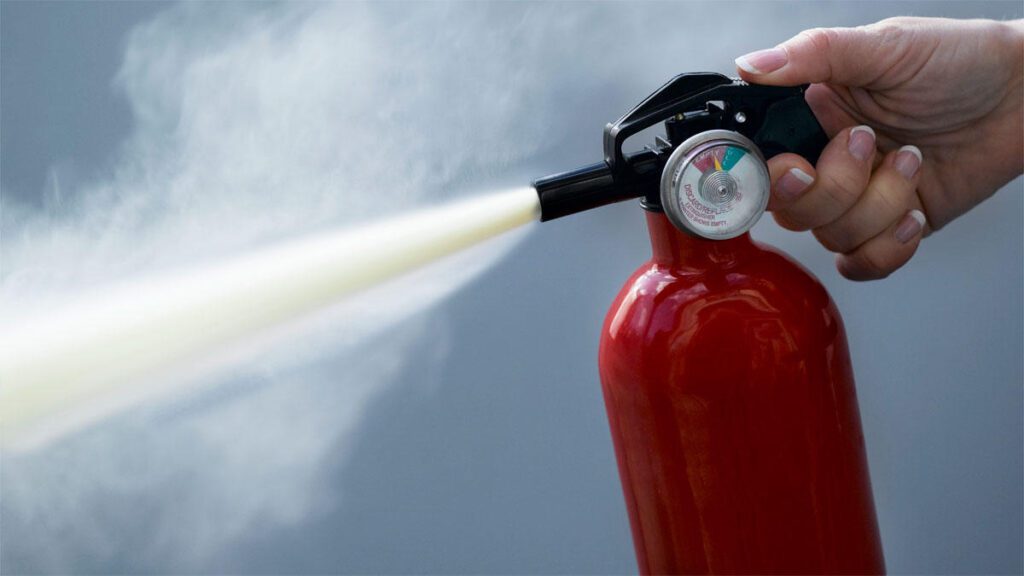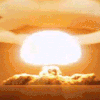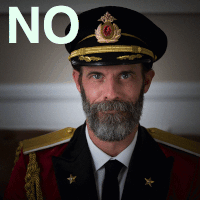Answering the biggest fire extinguisher questions.
Everyone has seen them before, but many people still have a few questions that often go unanswered. So, we’ve compiled a list of questions about fire extinguishers and have kindly answered them.
Key
- How do you use a fire extinguisher?
- Why are there so many types of fire extinguisher?
- What chemicals are used in a fire extinguisher?
- How do you refill a fire extinguisher?
- What happens if you’re accidentally sprayed with a fire extinguisher?
- What happens if you use the wrong fire extinguisher?
- How do you repair a fire extinguisher?
- Are any fire extinguishers all purpose?
- What type of fire can each extinguisher be used on?
- How often should they be checked?
How to use one?
There are many courses available to learn how to use a fire extinguisher. Many workplaces have one as part of their introduction and health and safety.
Why are there so many types of fire extinguisher?
There are many types of fire extinguisher because there are many different types of fire. You wouldn’t use a water extinguisher on an oil fire because that would only increase your problems. Hence why the different types have been developed to safely and effectively extinguish fires.

What chemicals are used in fire extinguishers?
Different chemicals are used for each different type of fire.
Dry chemical extinguishers use a powder-based agent which prevents chemical reactions involving heat, oxygen and fuel, this extinguishes the fire. The substances used for this are Monoammonium phosphate, sodium bicarbonate, potassium bicarbonate, potassium chloride and sodium bicarbonate based dry chemical (Foam compatible).
Foam extinguishers use an aqueous film forming foam, alcohol-resistant foams, film-forming fluoroprotein and a compressed air foam system. These smother the fires and prevent oxygen from fuelling it.
Water extinguishers use water to cool the burning material. This can be pump type water, air pressurized water and water mist
Wet chemical and water additives extinguish a fire by forming a soapy foam blanket over burning oil and cooling the oil down below its ignition temperature. They use wetting agents, antifreeze and loaded stream (an alkali metal salt solution which when added to water lowers its freezing point).
Carbon Dioxide extinguishers put out fires by displacing oxygen and removing heat from the combustion zone. They use halocarbon replacements, CO2, novec 1230, potassium aerosol and E-36 cryotec.
WATERMIST – there are no chemicals in the water mist extinguisher, it does, however, contain water. What makes water mist different or standard water extinguishers is the nozzle on the extinguisher disperses ‘dry’ water mist particles at a microscopic scale (ranging from 50 to 300µm, 50µm (micrometres) is 5/100ths of 1millimeter).
How do you refill a fire extinguisher?
It’s safest to find a professional to refill your fire extinguisher as chemicals can be hard to find and the pressure may cause an accident. If the extinguisher has instructions for a refill then you can follow them as safely as possible. You can get replacements or send it to a professional to refill.
What happens if you’re accidentally sprayed with a fire extinguisher?
If you are accidentally sprayed then check the bottle of the fire extinguisher for any health warnings, some may be irritants and if you really are worried you could go see a doctor. However, with most, it would probably just be a bit annoying, (pressurized water – you’d just get wet). The extinguisher should just rinse/dust off with minimal issues.

What happens if you use the wrong fire extinguisher?
Using the wrong extinguisher would probably just make matters worse, water on an oil/electric fire would cause the fire to get bigger. It’s safer to just make sure you use the correct one.

How do you repair a fire extinguisher?
DON’T
It could cause injury due to the high pressure if you have a damaged fire extinguisher call a professional to replace it.

Are there any fire extinguishers that are all purpose?
There aren’t any all-purpose fire extinguishers yet however, dry chemical extinguishers can be used on the majority of fires with a few exceptions.
What type of fire can each extinguisher be used on?
- Dry chemical extinguishers can be used on all fire except oil fires (class F fires)
- Foam extinguishers are best used on combustible materials (class A) and flammable liquids (class B)
- Water extinguishers can only be used on combustible materials (class A)
- Wet chemical extinguishers can be used on combustible materials (class A) and oil fires (class F)
- CO2 extinguishers can be used on flammable liquids (class B) and electrical fires
How often should fire extinguishers be checked?
UK regulations state that they must be serviced annually. They should be replaced every 5 however, CO2 extinguishers should be replaced every 10 years
About Cannon Fire Protection
With over 30 years experience, Cannon Fire Protection has developed an excellent reputation within the fire protection industry throughout the United Kingdom and Europe. Independent auditing of our quality management systems, contracting and service operations ensures the very best provision of support in our sector. Cannon is part of the Asset Protection Group.
About APG
The Asset Protection Group comprises a group of Fire & Security companies with shared ownership and one common goal, protecting your most important assets. As a collective group, we look to offer protection to your assets to assist you with your ongoing success within your own business.